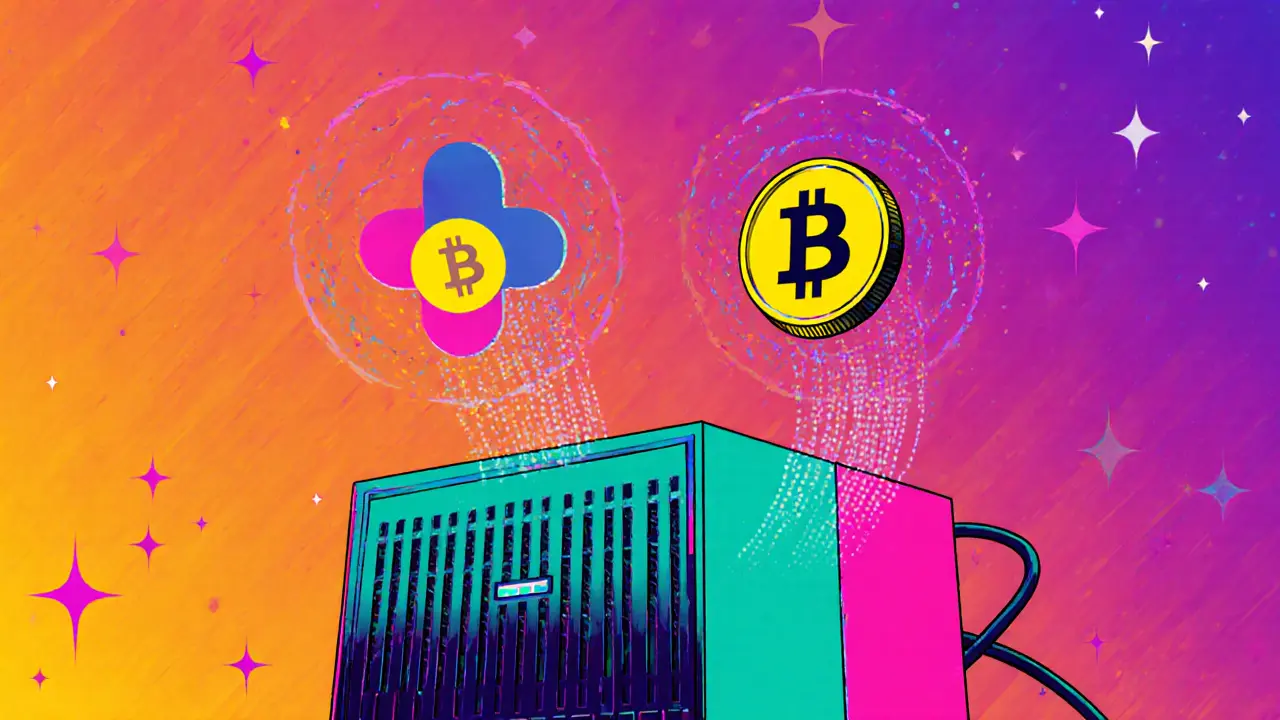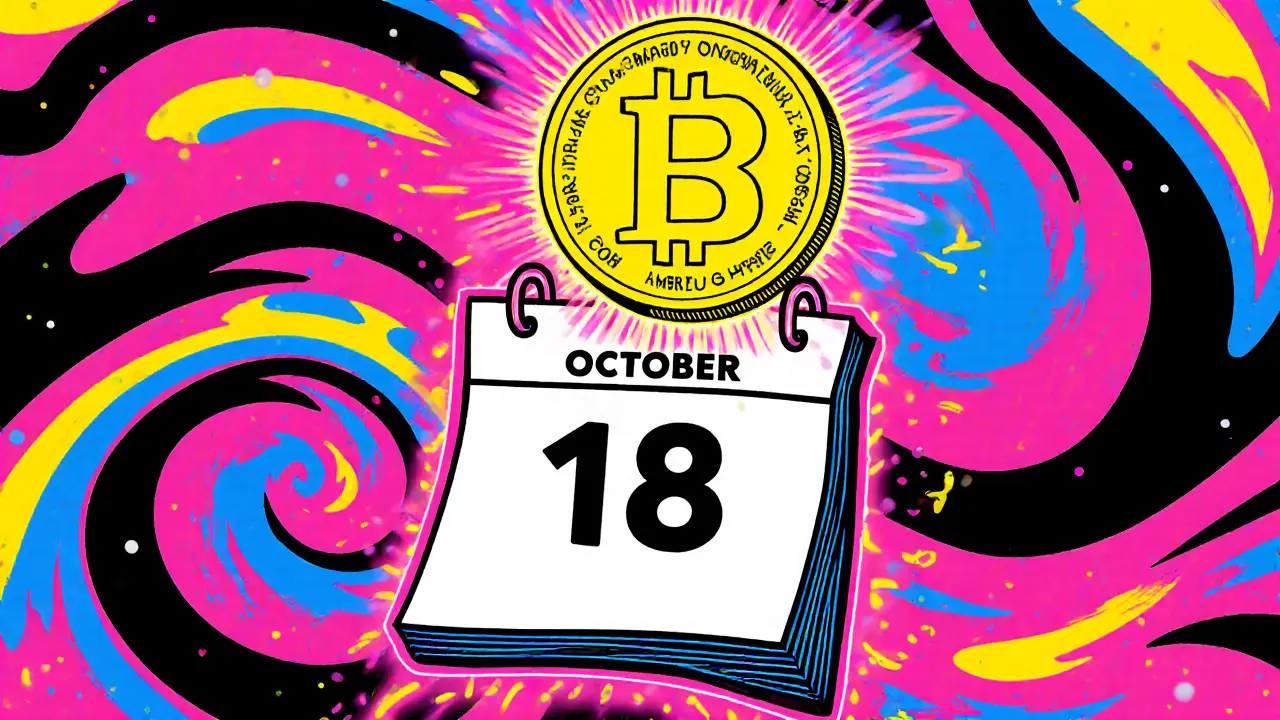UNO Supply Calculator
Unobtanium Supply Calculator
Calculate circulating supply, remaining coins, and scarcity metrics for Unobtanium cryptocurrency. UNO has a fixed maximum supply of 250,000 coins.
Supply Analysis
Remaining Supply
38,626
Mined Percentage
84.5%
Scarcity Index
1.37
Remaining supply / Current circulating supplyUnobtanium (UNO) is a proof‑of‑work cryptocurrency that markets itself as one of the rarest mineable coins on the planet. Launched back in 2013, it lives in the shadow of Bitcoin but tries to carve a niche by limiting the total supply to just 250,000 coins. If you’ve ever wondered whether scarcity can give a digital token real value, UNO is the perfect case study.
Origins and launch timeline
The project went live on October 18, 2013 (some data sources list August 18, 2013), aiming for a "fair launch" with no pre‑mined tokens. The official site unobtanium.uno still hosts the whitepaper and links to the GitHub repository where the code lives. Early adopters were attracted by the promise of ultra‑low inflation and a high hash‑rate that came from merge‑mining with Bitcoin.
Technical specs you need to know
UNO uses the same SHA‑256 algorithm that powers Bitcoin. That means any ASIC miner that can hash Bitcoin can also mine UNO, provided the miner is configured for merge mining. The network creates a new block every three minutes-about three times faster than Bitcoin’s ten‑minute cadence. Difficulty is retargeted every ten blocks, keeping the chain secure while allowing the higher block frequency.
Key technical attributes:
- Consensus: Proof‑of‑Work (PoW)
- Algorithm: SHA‑256
- Block time: 3 minutes
- Merge‑mining: Yes (with Bitcoin)
- Maximum supply: 250,000 UNO
Scarcity model - why 250,000 matters
Bitcoin’s 21 million cap is often called “digital gold,” but UNO pushes scarcity a step further. With only a quarter‑million coins ever possible, each token represents a larger slice of the total pie. As of January 2025, 211,374 coins were already in circulation-about 84.5 % of the cap. The remaining supply will trickle out via block rewards that halve over time, similar to Bitcoin’s halving schedule, though the exact intervals differ.

Market snapshot (January 2025)
Despite the hype around scarcity, UNO trades on just a handful of tiny exchanges. The most active pairs are UNO/BTC on Freiexchange, UNO/USDT on LATOKEN, and UNO/KMD on Komodo Wallet. Daily volume hovers in the low‑tens of dollars, with a reported 24‑hour volume of $43 on Coinlore. The market cap sits around $1.7 million, ranking it #4673 among all crypto assets.
Price volatility is extreme: a 24‑hour range of $8.17‑$8.62, a 30‑day swing from $1.70 up to $9.82, and a one‑year low of $1.03 versus an all‑time high of $173.42. The price discrepancy between data sources (e.g., $8.43 on Coinlore vs $3.05 on Holder.io) underscores how illiquid the market is.
How to mine and store UNO
Because UNO shares the SHA‑256 algorithm, any Bitcoin ASIC can mine it. The most common approach is merge mining: you run a single ASIC, submit work to the Bitcoin network, and the same hash also secures the UNO chain. This reduces extra electricity costs while giving UNO a high hash‑rate boost.
Steps to start mining:
- Install the latest GitHub client from the official Unobtanium repository.
- Configure your ASIC with the merge‑mining parameters (wallet address, pool URL). Most pools list both BTC and UNO settings.
- Run the node software and monitor block submissions via the console or a web‑based dashboard.
Wallets that support generic SHA‑256 assets-such as Electrum‑BTC (with a custom plugin) or the official desktop client-can hold UNO. Be aware that exchange withdrawals are rare; you may need to keep coins in a personal wallet until you find a buyer.
Community, exchanges, and liquidity challenges
The primary social hub is the r/Unobtanium subreddit, where miners share hash‑rate stats and discuss price movements. The project also maintains a Twitter handle @unobtanium_uno, but activity is sporadic.
Listing venues:
- Freiexchange - UNO/BTC pair, modest volume.
- LATOKEN - UNO/USDT, often zero volume.
- Komodo Wallet - UNO/KMD pair, low activity.
Low liquidity means you’ll likely face slippage when trying to sell. Most traders recommend moving UNO to a peer‑to‑peer platform or arranging a direct trade with another holder.
Risks, regulatory view, and future outlook
From a security standpoint, merge mining with Bitcoin provides a strong hash‑rate backdrop, making 51 % attacks unlikely. However, the minuscule trading volume (under 0.003 % of market cap) makes the price highly manipulable. Regulators treat UNO like any other cryptocurrency, but the lack of liquidity could draw AML scrutiny if large, sudden trades appear.
Looking ahead, the coin’s biggest hurdle is adoption. Without more exchange listings or real‑world use cases, the scarcity narrative alone may not sustain price growth. Yet the fixed supply of 250,000 does create a theoretical “digital collectible” appeal-especially for collectors who enjoy holding ultra‑rare assets.
Comparison at a glance
| Attribute | Unobtanium (UNO) | Bitcoin (BTC) | Litecoin (LTC) |
|---|---|---|---|
| Max Supply | 250,000 | 21,000,000 | 84,000,000 |
| Algorithm | SHA‑256 (merge‑mined) | SHA‑256 | Scrypt |
| Block Time | 3 minutes | 10 minutes | 2.5 minutes |
| Market Cap (Jan 2025) | $1.7 M | $560 B | $14 B |
| 24h Volume | $43 | $38 B | $1.2 B |
| Liquidity Rank | #4673 | #1 | #15 |
Bottom line for potential holders
If you love the idea of owning something truly scarce, UNO checks the box. But be ready to navigate a market where finding a buyer can take weeks, and price swings are brutal. Treat it as a speculative collector’s item rather than a daily transaction coin.
What makes Unobtanium different from Bitcoin?
UNO shares Bitcoin’s SHA‑256 algorithm and can be merge‑mined with it, but its max supply is only 250,000 coins and blocks are confirmed every three minutes. The scarcity and faster block time give it a distinct economic profile.
How can I start mining Unobtanium?
Use any Bitcoin ASIC miner, join a merge‑mining pool that supports UNO, and run the official node software from the project's GitHub repo. Configure your wallet address and start submitting shares.
Where can I buy or sell UNO?
Active listings are limited to Freiexchange (UNO/BTC), LATOKEN (UNO/USDT) and Komodo Wallet (UNO/KMD). Because volume is tiny, many users resort to peer‑to‑peer trades on the r/Unobtanium subreddit.
Is Unobtanium a good long‑term investment?
It’s a high‑risk speculative asset. The extreme scarcity could attract collectors, but the lack of liquidity and adoption means price swings are dramatic. Only invest money you can afford to lose.
What is merge mining and why does it matter for UNO?
Merge mining lets miners solve Bitcoin’s PoW puzzle while simultaneously securing UNO. This boosts UNO’s hash‑rate without extra electricity, making the network more secure and giving miners a dual reward.

Write a comment